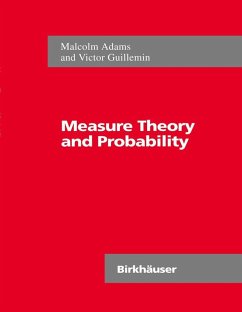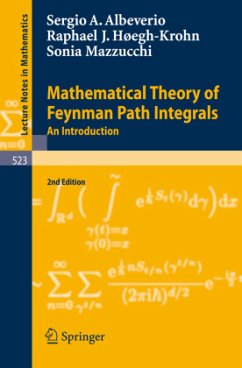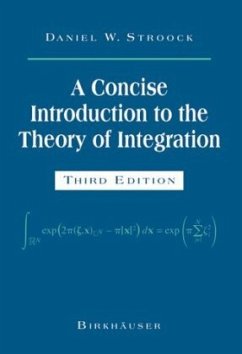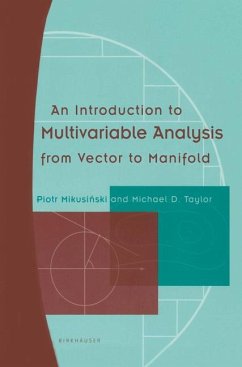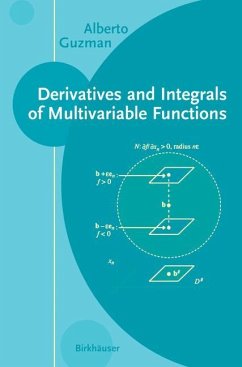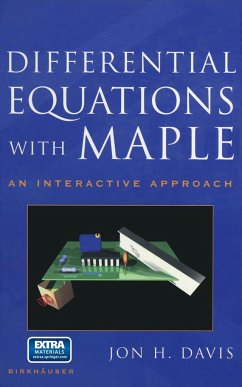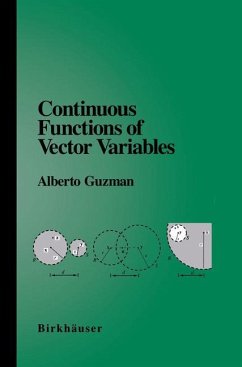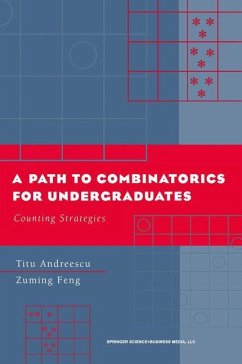
A Path to Combinatorics for Undergraduates
Counting Strategies

PAYBACK Punkte
25 °P sammeln!
In this book, Kevin McCrimmon describes the history of Jordan Algebras and he describes in full mathematical detail the recent structure theory for Jordan algebras of arbitrary dimension due to Efim Zel'manov. To keep the exposition elementary, the structure theory is developed for linear Jordan algebras, though the modern quadratic methods are used throughout. Both the quadratic methods and the Zelmanov results go beyond the previous textbooks on Jordan theory, written in the 1960's and 1980's before the theory reached its final form. This book is intended for graduate students and for individuals wishing to learn more about Jordan algebras. No previous knowledge is required beyond the standard first-year graduate algebra course. General students of algebra can profit from exposure to nonassociative algebras, and students or professional mathematicians working in areas such as Lie algebras, differential geometry, functional analysis, or exceptional groups and geometry can also profit from acquaintance with the material. Jordan algebras crop up in many surprising settings and can be applied to a variety of mathematical areas. Kevin McCrimmon introduced the concept of a quadratic Jordan algebra and developed a structure theory of Jordan algebras over an arbitrary ring of scalars. He is a Professor of Mathematics at the University of Virginia and the author of more than 100 research papers.
The main goal of the two authors is to help undergraduate students understand the concepts and ideas of combinatorics, an important realm of mathematics, and to enable them to ultimately achieve excellence in this field. This goal is accomplished by familiariz ing students with typical examples illustrating central mathematical facts, and by challenging students with a number of carefully selected problems. It is essential that the student works through the exercises in order to build a bridge between ordinary high school permutation and combination exercises and more sophisticated, intricate, and abstract concepts and problems in undergraduate combinatorics. The extensive discussions of the solutions are a key part of the learning process. The concepts are not stacked at the beginning of each section in a blue box, as in many undergraduate textbooks. Instead, the key mathematical ideas are carefully worked into organized, challenging, and instructive examples. The authors are proud of their strength, their collection of beautiful problems, which they have accumulated through years of work preparing students for the International Math ematics Olympiads and other competitions. A good foundation in combinatorics is provided in the first six chapters of this book. While most of the problems in the first six chapters are real counting problems, it is in chapters seven and eight where readers are introduced to essay-type proofs. This is the place to develop significant problem-solving experience, and to learn when and how to use available skills to complete the proofs.





